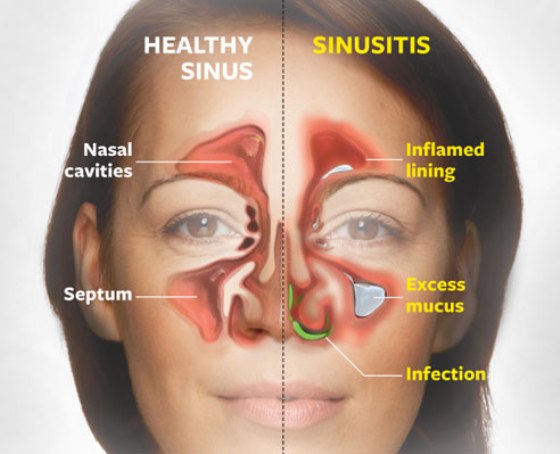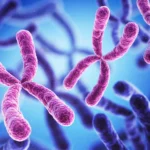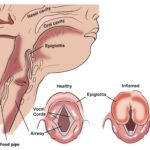Acute E. coli bacterial sinusitis is a rare but significant form of sinus infection that can cause severe complications if left untreated. Understanding its symptoms, causes, and treatment options is critical for effective management and recovery.

Acute E. coli bacterial sinusitis occurs when the Escherichia coli bacterium infects the sinuses, leading to inflammation and discomfort. E. coli, typically associated with gastrointestinal infections, can occasionally invade other parts of the body, including the sinuses.
Symptoms
Symptoms of acute E. coli bacterial sinusitis are similar to other bacterial sinus infections but may present with greater severity. These symptoms include:
- Nasal congestion and discharge (often yellow or green).
- Facial pain or pressure, particularly around the eyes and forehead.
- Fever and chills, indicating a systemic infection.
- Fatigue and general malaise.
- Reduced or lost sense of smell.
If left untreated, E. coli sinusitis can progress to more serious complications such as abscesses, orbital cellulitis, or even meningitis.
Causes and Risk Factors
E. coli sinus infections are uncommon and typically occur in individuals with predisposing factors, such as:
- Compromised immune systems due to conditions like diabetes or HIV.
- Recent surgeries involving the nasal passages or sinuses.
- Chronic sinus issues that create an environment conducive to bacterial growth.
- Nosocomial infections acquired during hospital stays.
The infection is often secondary to other bacterial strains and is linked to cross-contamination or spread from another site of E. coli colonization.
Diagnosis of E. coli Sinusitis
Accurate diagnosis of acute E. coli bacterial sinusitis involves:
- Clinical examination to evaluate symptoms and check for sinus tenderness.
- Imaging tests like CT scans to identify sinus blockages or abscesses.
- Laboratory testing using nasal or sinus discharge cultures to confirm the presence of E. coli.
Treatment Strategies
1. Antibiotic Therapy
Broad-spectrum antibiotics are the primary treatment for bacterial sinusitis caused by E. coli. Common choices include:
- Cephalosporins (e.g., ceftriaxone).
- Fluoroquinolones (e.g., ciprofloxacin).
- Amoxicillin-clavulanate.
Treatment typically lasts 10-14 days but may be extended in severe cases.
2. Supportive Care
To relieve symptoms and enhance recovery, the following measures are recommended:
- Nasal irrigation with saline to clear mucus and reduce congestion.
- Decongestants to relieve nasal swelling.
- Analgesics like acetaminophen or ibuprofen to manage pain and fever.
3. Surgical Interventions
In cases where antibiotics fail or complications arise, surgical options may be considered:
- Endoscopic sinus surgery to drain infected sinuses.
- Correction of anatomical issues, such as deviated septums, to prevent recurrence.
Prevention of E. coli Sinusitis
Reducing the risk of E. coli sinus infections involves:
- Practicing good hygiene to limit bacterial exposure.
- Addressing underlying health issues that compromise immunity.
- Ensuring sterile environments during nasal surgeries.
Complications and Prognosis
When treated promptly, the prognosis for acute E. coli bacterial sinusitis is generally favorable. However, delays in treatment can lead to severe complications, including:
- Orbital cellulitis.
- Intracranial abscesses.
- Persistent sinus infections requiring long-term management.
Early diagnosis and intervention are essential for preventing these outcomes.
though rare, is a serious condition requiring prompt medical attention. Recognizing the symptoms and risk factors, along with timely treatment, can prevent complications and ensure recovery.

